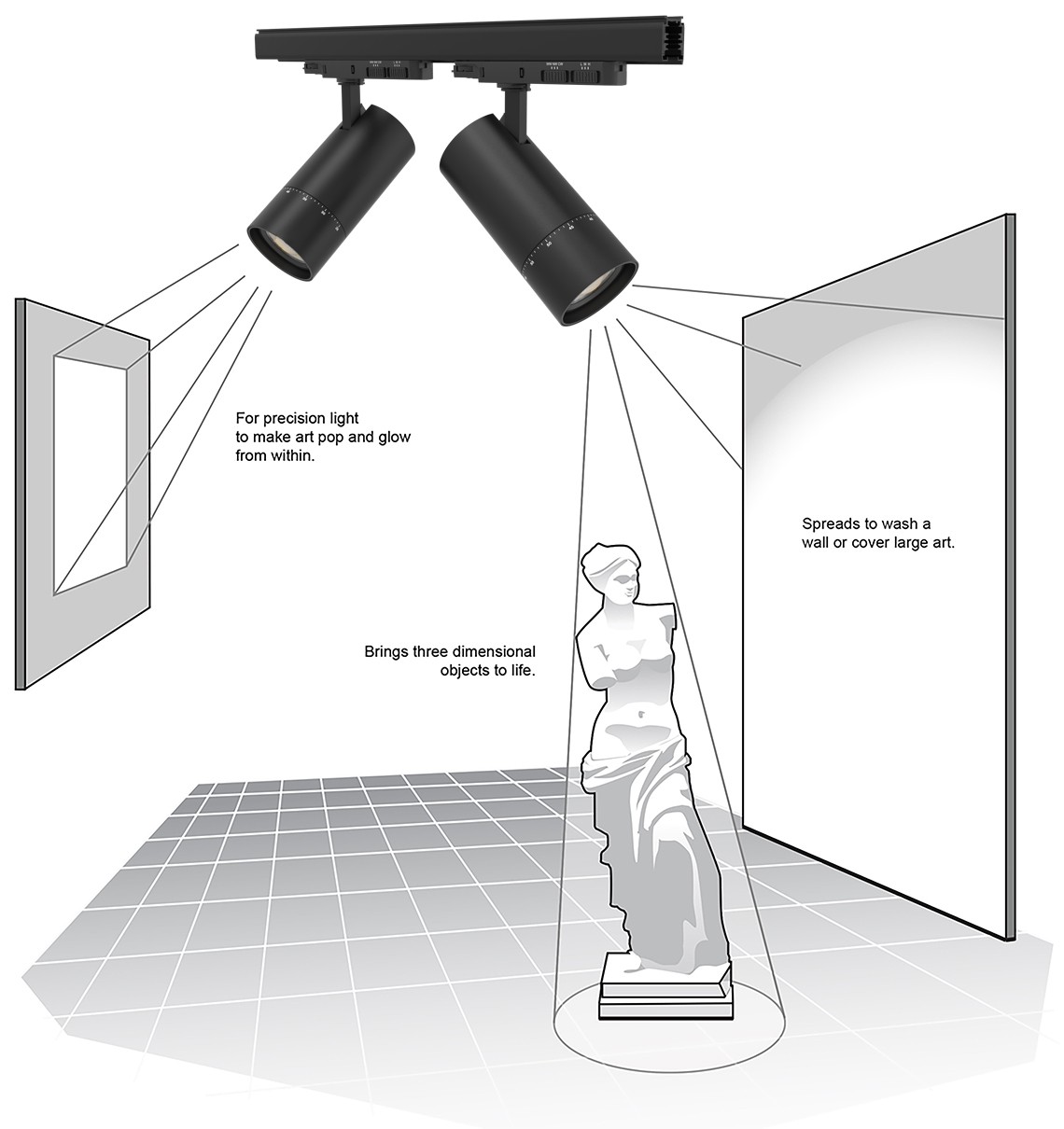Professional Lighting Design: Elevating Spaces with Light
What is Professional Lighting Design?
Professional lighting design is the art and science of illuminating spaces in a way that enhances the aesthetic appeal, functionality, and energy efficiency. It involves a thoughtful process of selecting and implementing light fixtures, considering the interplay of natural and artificial light, and understanding the impact of light on human behavior and space perception.
![professional lighting design professional lighting design]()
The Importance of Lighting in Architecture and Interior Design
Lighting plays a crucial role in defining the character and ambiance of a space. It can accentuate architectural features, influence mood, and improve the usability of an area. Professional lighting design ensures that lighting is not just functional but also complements the architectural and interior design of a space.
Principles of Professional Lighting Design
Key principles include:
Layering of Light: Utilizing a combination of ambient, task, and accent lighting to create a balanced and dynamic environment.
Color Temperature and Rendering: Choosing appropriate color temperatures for different settings and ensuring accurate color rendering.
Control and Flexibility: Incorporating lighting controls for adaptability and energy conservation.
Integration with Architecture: Ensuring that lighting fixtures and techniques complement the architectural style.
Emerging Trends and Technologies in Lighting Design
The field of professional lighting design is continually evolving with new trends and technologies:
Smart Lighting Systems: Advanced systems that offer automation, remote control, and customization.
Sustainable Lighting: Focus on energy efficiency and eco-friendly designs.
Human-Centric Lighting: Designs that prioritize human well-being and circadian rhythms.
Choosing a Professional Lighting Designer
When selecting a professional lighting designer, consider their experience, portfolio, approach to sustainability, and ability to integrate lighting with the overall design vision.

